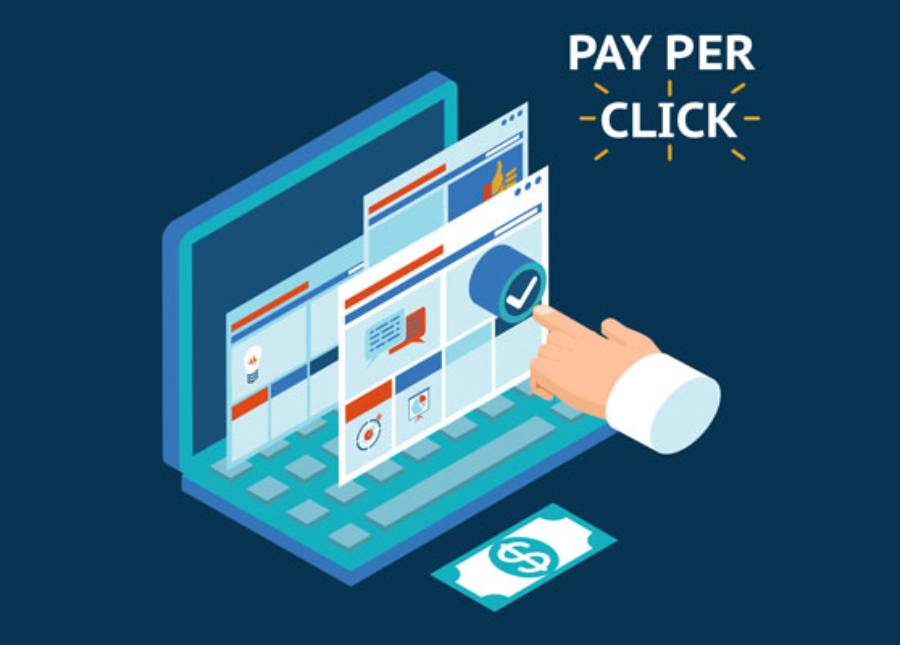
Secrets of Successful Pay-Per-Click Campaigns
In the competitive landscape of digital marketing, Pay-Per-Click (PPC) advertising has emerged as a powerful tool for businesses to drive targeted traffic and achieve their marketing goals. However, running successful Pay-Per-Click Campaigns requires more than just bidding on keywords and setting up ad placements. In this comprehensive guide, we’ll delve into the secrets of successful Pay-Per-Click Campaigns, uncovering strategies, best practices, and tactics to maximize ROI and outperform the competition.
Understanding the Basics of Pay-Per-Click Campaigns
Before diving into the secrets of successful Pay-Per-Click Campaigns, it’s essential to grasp the fundamentals. PPC advertising allows businesses to display ads on search engine results pages (SERPs), websites, and social media platforms, paying only when users click on their ads. This model offers unparalleled targeting capabilities, enabling advertisers to reach specific demographics, locations, and interests.
Keyword Research and Targeting
Keyword research forms the foundation of any successful Pay-Per-Click Campaigns. Identifying relevant keywords with high search volume and low competition is key to reaching the right audience and maximizing ad visibility. Utilizing tools like Google Keyword Planner, SEMrush, and Ahrefs can help uncover valuable keywords and inform bidding strategies. Additionally, leveraging long-tail keywords and negative keywords can further refine targeting and improve campaign performance.
Compelling Ad Copy and Creative
Crafting compelling ad copy and creative is crucial for capturing audience attention and driving clicks. Your ad copy should be concise, relevant, and tailored to resonate with your target audience. Incorporating keywords in your ad headlines and descriptions can improve ad relevance and Quality Score, ultimately reducing costs and increasing ad visibility. Furthermore, testing different ad variations and messaging can help identify what resonates best with your audience and drive better results.
Optimized Landing Pages
A successful PPC campaign doesn’t end with ad clicks; it extends to the user experience on your landing pages. Optimized landing pages that align with your ad messaging and offer a clear call-to-action (CTA) are essential for converting clicks into leads or sales. Elements like compelling headlines, persuasive copy, relevant imagery, and intuitive navigation can enhance user engagement and drive conversions. Conducting A/B testing to optimize landing page elements can further improve conversion rates and maximize campaign ROI.
Continuous Monitoring and Optimization
The key to ongoing success in PPC advertising lies in continuous monitoring and optimization. Monitoring key performance indicators (KPIs) like click-through rate (CTR), conversion rate, cost per acquisition (CPA), and return on ad spend (ROAS) allows advertisers to assess campaign performance and identify areas for improvement. Leveraging analytics platforms like Google Analytics and Google Ads’ built-in reporting tools provides valuable insights into campaign effectiveness and user behavior.
Geo-Targeting and Audience Segmentation
Geo-targeting & audience segmentation are powerful tactics for optimizing PPC campaigns and reaching specific demographics. This allows advertisers to target users based on their location, enabling hyper-localized advertising and increased relevance. Audience segmentation involves dividing your target audience into distinct groups based on demographics, interests, or behavior, allowing for more personalized ad targeting and messaging.
Conclusion: Mastering the Art of PPC Campaigns
In conclusion, successful PPC campaigns require a strategic approach, diligent execution, and continuous optimization. By understanding the fundamentals of PPC advertising, conducting thorough keyword research, crafting compelling ad copy and creative, optimizing landing pages, and leveraging targeting and segmentation tactics, businesses can unlock the full potential of PPC advertising and achieve their marketing objectives.
Also Read This: THE ROLE OF ARTIFICIAL INTELLIGENCE IN SEO AND MARKETING



